Subfamily Threskiornithinae Higher classification Nipponia | Phylum Chordata Scientific name Nipponia nippon Rank Species | |
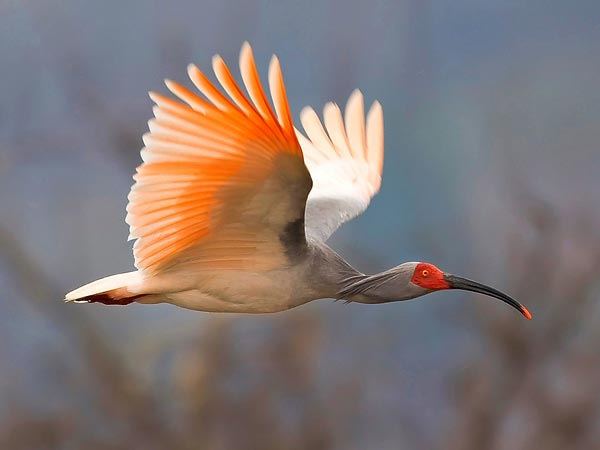 | ||
Similar Oriental stork, Ibis, Threskiornithidae, Nipponia, Red‑crowned crane | ||
The crested ibis (Nipponia nippon), also known as the Japanese crested ibis or toki (トキ), variously written in kanji as 朱鷺, 鴇, 鵇 or 鴾, and written in hanzi as 朱䴉 or 朱鷺, is a large (up to 78.5 cm (30.9 in) long), white-plumaged ibis of pine forests. Its head is partially bare, showing red skin, and it has a dense crest of white plumes on the nape. This species is the only member of the genus Nipponia.

They make their nests at the tops of trees on hills usually overlooking their habitat. Crested ibises usually eat frogs, small fish, and small animals.
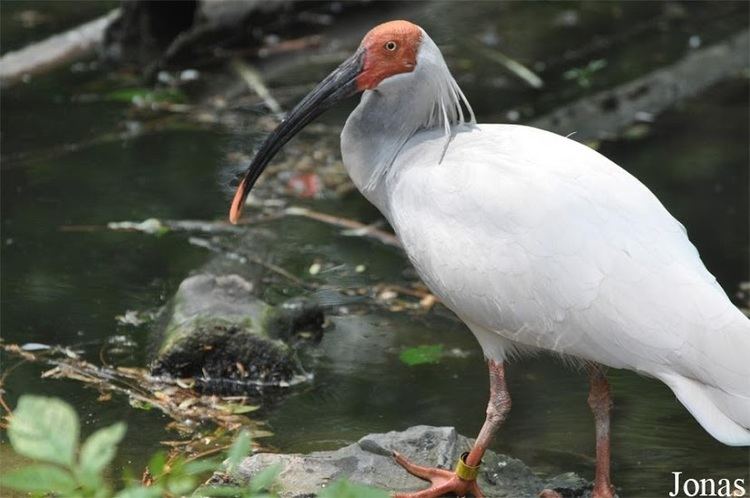
At one time, the crested ibis was widespread in Japan, China, Korea, Taiwan, and Russia. It has now disappeared from most of its former range. The last wild crested ibis in Japan died in October 2003, with the remaining wild population found only in Shaanxi province of China until reintroduction of captive bred birds back into Japan in 2008. They were previously thought to be extinct in China too, until 1981 when only seven ibises were seen in Shaanxi, China.

Extensive captive breeding programs have been developed by Japan and China to conserve the species. They were put on the State Protection List in China. Also, for the past 23 years, China has bred and protected the species. In 2002, there were a total of 130 colonies in China. Northwest Shaanxi province's research center has a history of 26 crested ibis fledglings including artificial, and natural incubation. On July 31, 2002, five out of seven crested ibis chicks hatched at an incubation center in northwest Shaanxi province. This was one of the latest records and highest record ever recorded of chicks that hatched. The parents of the chicks were chosen from 60 ibis pairs raised at that research center.
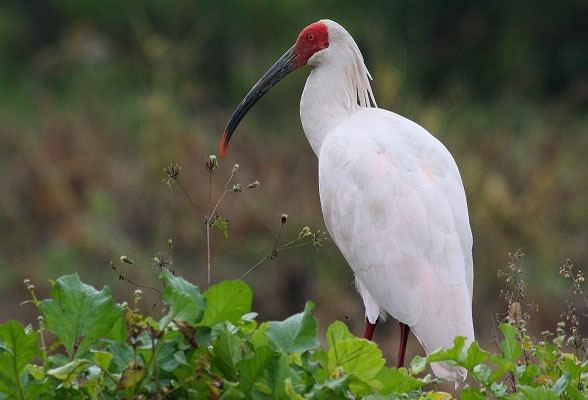
Due to ongoing habitat loss, small population size, limited range, winter starvation and persecution in last century brought this endangered species to the brink of extinction. The crested ibis has been listed in Appendix I of the conservation treaty CITES.
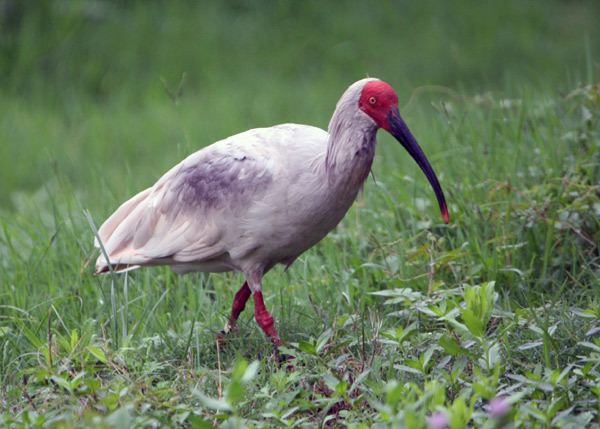
The London Zoo had crested ibises from 1872 until 1873. Outside China only Japan and South Korea keep this species.
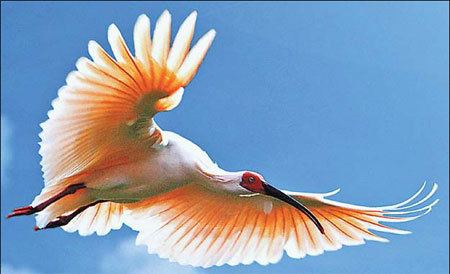
On September 25, 2008, the Sado Japanese Crested Ibis Preservation Center released 10 of the birds as part of its crested ibis restoration program, which aims to introduce 60 ibises into the wild by 2015. This marks the first time the rare bird has returned to the Japanese wild since 1981.
On April 23, 2012, it was confirmed that three crested ibis chicks had hatched on Sado Island in Niigata Prefecture, the first time chicks had hatched in the wild in Japan in 36 years. One of the chicks briefly left its nest on 25 May.
